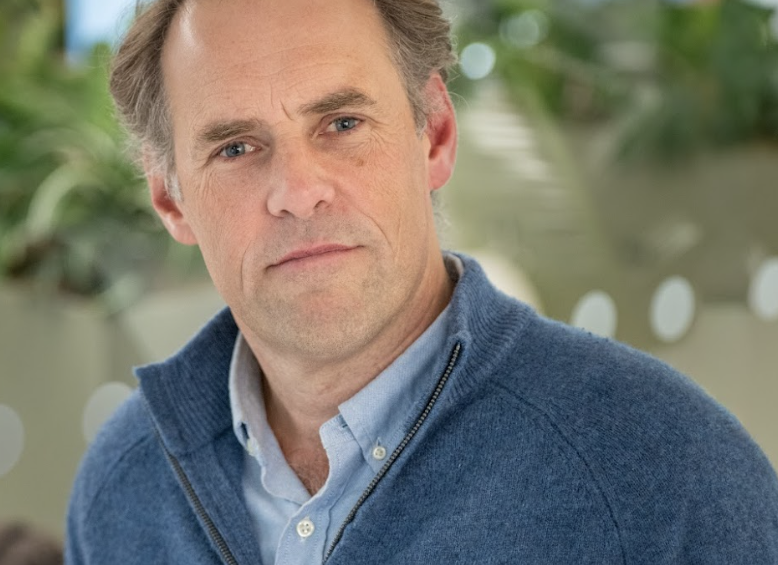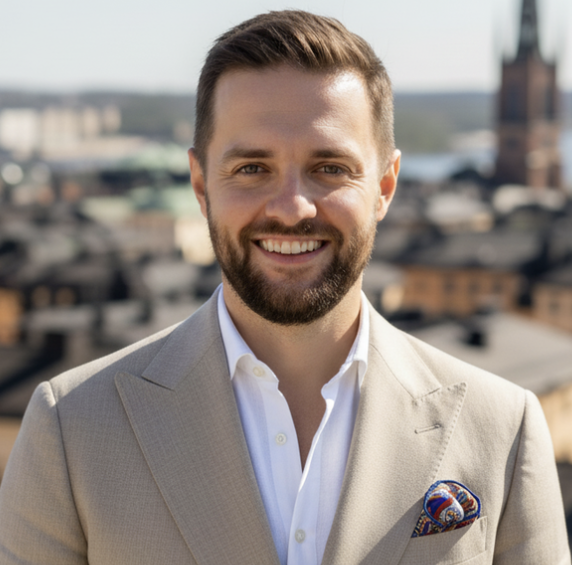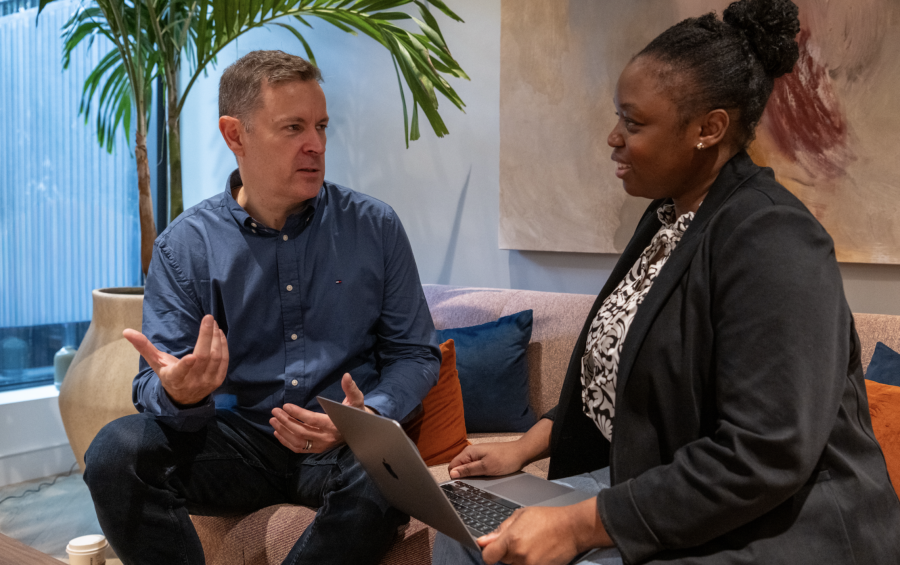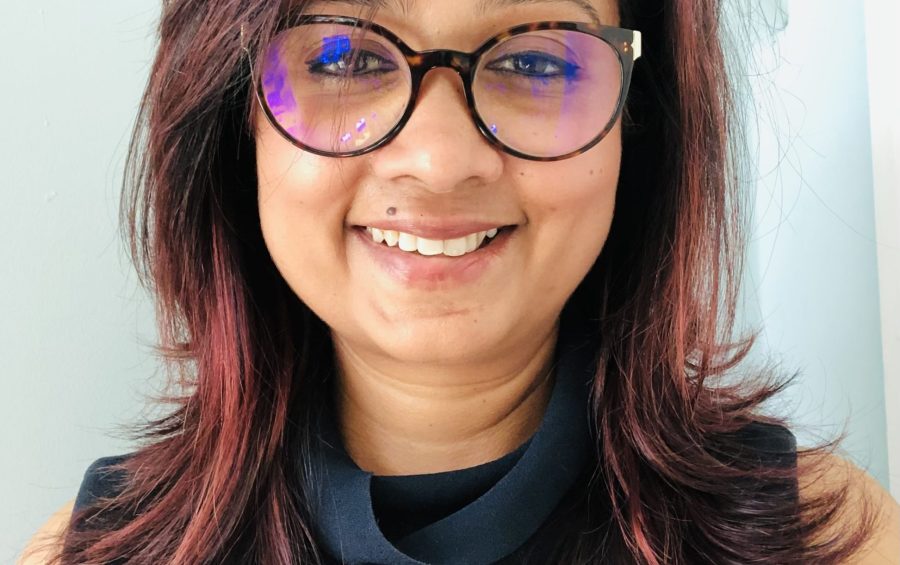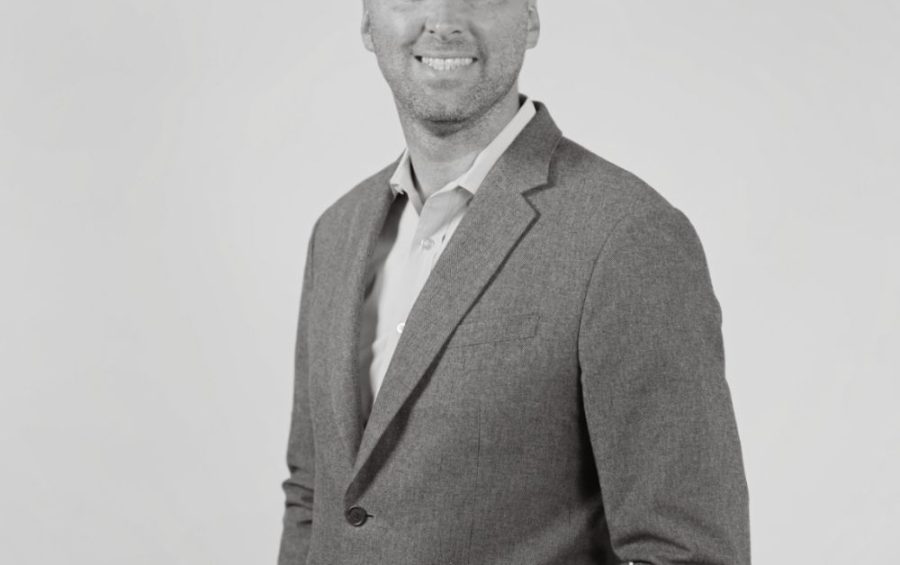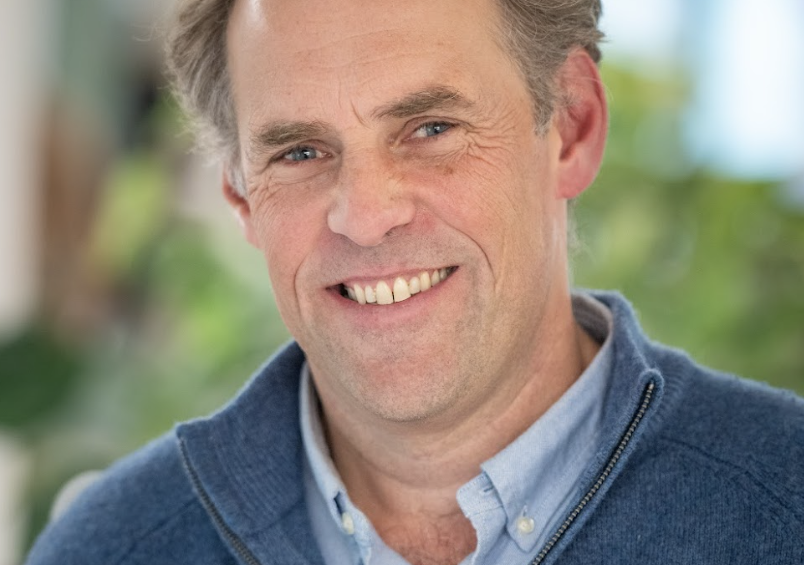BCB Group - Insights - BITVAVO: BUILDING THE FUTURE OF FINANCE
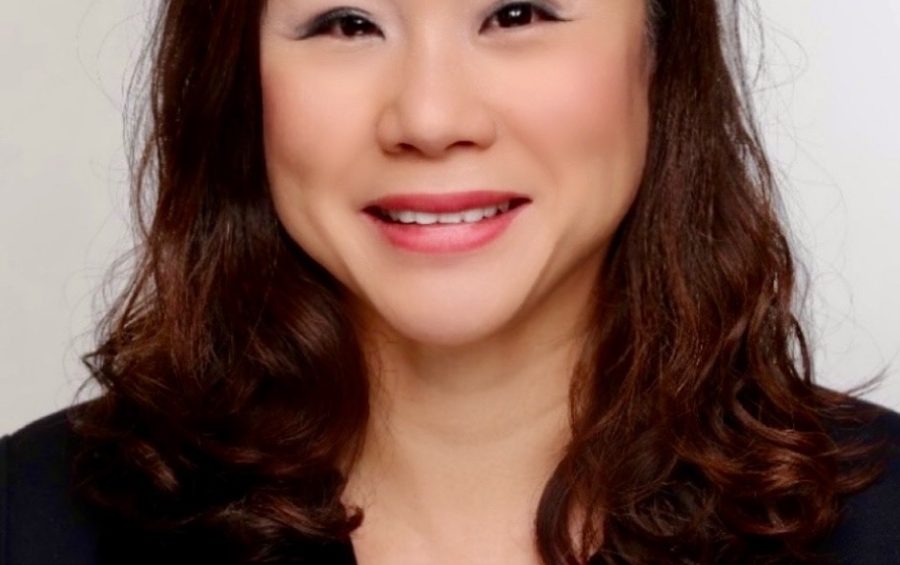
BITVAVO: BUILDING THE FUTURE OF FINANCE
From market surveillance, electronic trading to crypto exchange leadership, Audris Siow’s career has spanned continents, asset classes and technological eras. Now leading institutional strategy at Bitvavo, she shares her journey and why she thinks digital assets and tokenisation could reshape everything from pensions to payments. We interviewed Audris for the third edition of BLINC magazine.
Q: Your career began in traditional finance. What first drew you into markets?
A: I’ve always been fascinated by how logic and common sense shape economies. Someone once told me economics is just common sense made difficult—and that stuck. I started in fintech in Sydney around 2000, right after the dot-com bust. My professor invited me to join a government-backed initiative to rebuild capital markets, and that led to a PhD focused on market surveillance. We were processing transactional data in real time—revolutionary back then. That blend of finance and tech never left me.
Q: You’ve worked across continents and institutions. What were some pivotal moments?
A: Joining the team that built SMARTS, a surveillance platform later acquired by NASDAQ, was huge. I moved into electronic trading at ITG, which was eventually bought by Virtu. These firms understood how to scale through tech, especially in cash equities, where margin compression made optimisation essential. I’ve always gravitated toward high-performance environments that embrace transformation.
Q: What sparked your move into digital assets?
A: It was a slow burn. I’d been exposed to NFTs and Ethereum early on through friends in gaming, but life was busy. The deeper engagement came around 2017–2018. I saw blockchain as a breakthrough technology—especially for access. Having lived outside [my native] Singapore since I was 19, I’ve dealt with global payments and remittance challenges firsthand. Then came lockdown, meme stocks and extreme volatility. I was at Virtu, helping hold up the market infrastructure. That period made me realise: we need to plan for the next 20 years, not just survive today.
Q: What were the biggest differences between traditional and digital finance when you made the leap?
A: In TradFi, change is incremental and risk managed. In crypto, it’s fast, experimental and decentralised. When I joined the digital asset space—right around the FTX collapse—many colleagues thought I was mad. But I saw it as the perfect time to help shape standards and infrastructure. Disruption is when you build. It’s like running into the fire while others run out.
Q: How has institutional sentiment evolved since then?
A: We’ve moved from “Is this real?” to “How do we get involved – and safely?” Custody solutions, regulated products like ETFs and dedicated digital asset teams are now common. The shift is driven by two things: recognition that blockchain underpins a new financial infrastructure and strong client demand. Unlike other asset classes that came top-down, crypto emerged bottom-up. Institutions are listening because capital flows follow clients.
Q: What’s driving that client demand?
A: Infrastructure maturity is key. Custody, liquidity and compliance were major roadblocks five years ago. Today, we have regulated custodians, clearer frameworks and sophisticated trading venues. AML and KYC standards are improving. Plus, institutions don’t want to be last. There’s FOMO, but also long-term strategy. They see tokenisation, programmable money and settlement efficiency as essential to futureproofing.
Q: Which types of institutions are leading the charge?
A: Hedge funds and trading firms were first—they thrive on volatility and can pivot quickly. FX-heavy firms followed, then infrastructure providers like custodians. Asset managers are now moving in, offering clients exposure to new asset classes. Banks are slower, but payments will bring them in. Fiat is increasingly synonymous with stablecoins and other digital value transfers.
Q: You’ve spoken about tokenisation as a force for inclusion. Can you expand on that?
A: Tokenisation is a paradigm shift. It’s not just about efficiency—it’s about accessibility. I’ve lived the pain of global remittance and financial exclusion. When you can automate payments and compliance through smart contracts, you make financial systems more inclusive. I remember trying to deliver fractional trading in the US—people wanted $2,000 worth of Tesla, not a full share. Tokenisation solves that. It allows assets that once required high minimums and days to settle to be traded 24/7 in fractional form.
Q: You’ve led teams through volatility and transformation. What’s your approach to leadership in this space?
A: I believe in clarity, context and trust. In fast-moving sectors like digital assets, ambiguity is constant, so I try to remove it wherever I can. That means giving teams the full picture, not just tasks. I want people to understand why we’re doing something, not just what we’re doing. I also look for people who are comfortable with discomfort. The best talent in this space isn’t afraid to ask hard questions or challenge assumptions. At Bitvavo, we’ve built a culture that values trust, resilience and transparency. We’re not just reacting to change—we’re shaping it.
Q: Let’s talk Bitvavo. What’s the company’s mission and how has its strategy evolved?
A: Bitvavo aims to be the number one crypto exchange in Europe,offering the most powerful and intuitive crypto trading platform for everyone. We started as a broker and are now a fully-fledged exchange—Europe’s largest Euro-denominated spot exchange by market share. Strategy-wise, we’ve focused on access, regulatory trust and service quality. We’re licensed by the Dutch AFM and hold a MiCA exchange license. We’ve been aggressive in rollout but careful not to overwhelm users with choice. Our narrow path is deliberate: dominate the Euro spot market first, then expand.
Q: Bitvavo’s growth has been rapid, but also deliberate. How do you choose partners and build for long-term resilience?
A: We’re focused on deep collaborations with partners who share our values—governance, regulation and resilience aren’t optional, they’re foundational. That’s why we work with firms like BCB and other marquee names. We’re not chasing short-term wins, we’re building processes and relationships that support long-term trust. Transparency and auditability matter. We want Bitvavo to be Europe’s trusted gateway to crypto—and that means aligning with partners who are in it for the long haul.
Q: What’s next for Bitvavo?
A: With our MiCA license in place, we’re scaling institutional engagement across major European markets: Germany, France, Spain. Bitvavo’s strong retail base accelerates institutional interest. That compounding effect is something we’re leaning into. I often describe it as a “layer cake”— each region we enter builds on the next. We’ve listed over 400 Euro-denominated assets, but we’re selective. It’s not about meme coins that disappear in 24 hours. Sustainability matters. We are embedding ourselves into the roots of the industry.
Q: What excites you most about the future?
A: Anything that bridges TradFi and digital finance. Tokenisation is a huge talking point right now, but for me, it’s about something more fundamental: it’s about accessibility and inclusion within finance. That’s the legacy I want to leave—for my daughters and the next generation.

